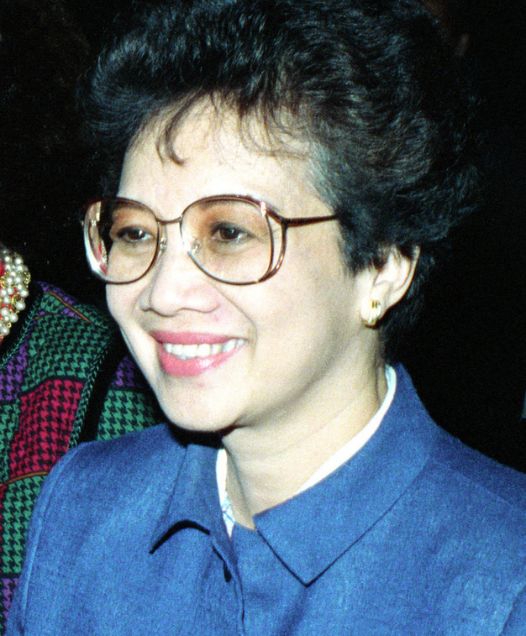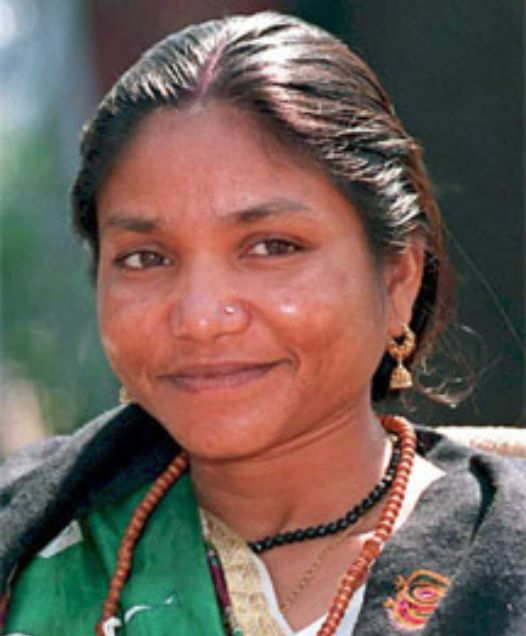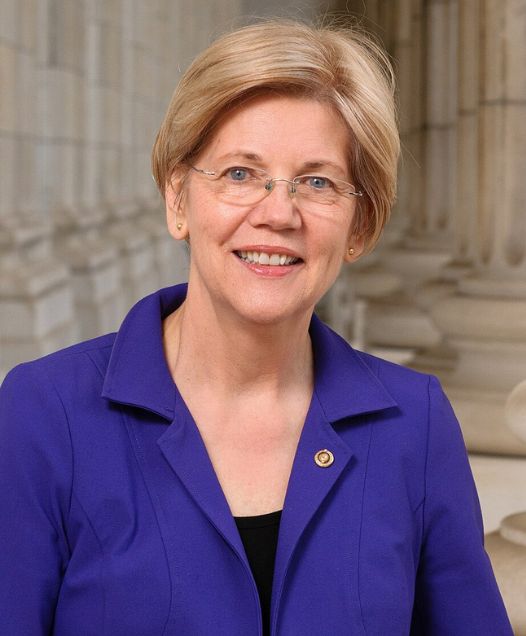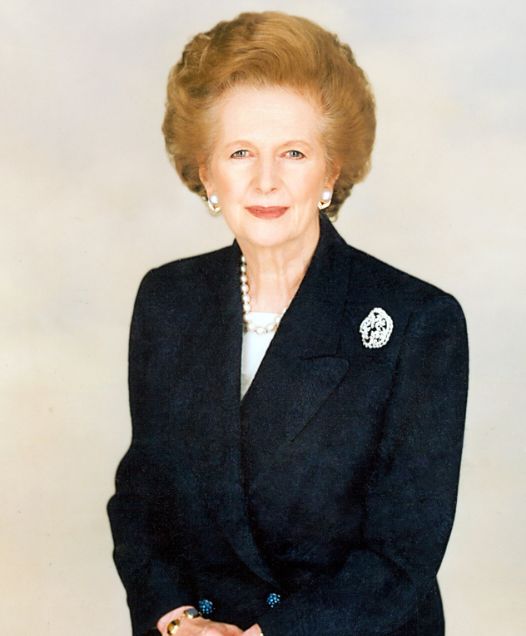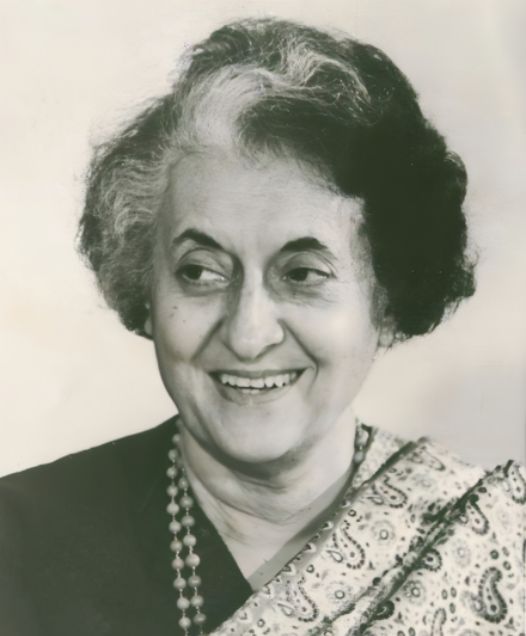While many Indians reviled their own elected Prime Minister Indira Gandhi, they embraced Phoolan Devi, an outlaw believed to have killed sixty people in central India’s Chambal Valley. It is difficult to separate fact from fiction in the story; the male outlaw figure is a common subject of North Indian folklore, and Phoolan’s tale has many of the same elements. This version is based on the story reported by Mala Sen, in her fascinating and assiduously researched biography of Devi.
Born in 1956 into a boatman subcaste, Phoolan’s (which means “flowerlike” in Hindi, but she was more like a steel magnolia!) first insurrection took place when she and her sister wanted to sit in the mustard field they had worked in all day to “stop and smell the mustard blossoms.” When their higher caste landlord beat them up because they wouldn’t instantly leave, Phoolan watched her sister and parents nearly bleed to death. When she refused at age ten to put up with an arranged marriage to a man twenty years older, her traditionally minded village couldn’t deal with it, and Phoolan fell victim to kidnapping by a group of dacoits; bandits to you and me. The kidnapping was just as violent as you might expect a gang of marauders to be, and she was dragged, kicked, slapped, and suffered indignities of guns aimed at her private parts and a threat to cut off her nose. It is a real testament to Phoolan’s strength that she wasn’t utterly broken by the repeated rapes. Phoolan’s family was unable to get any help from authorities, who refused to waste their time looking for their rebellious “good- for-nothing” daughter. Meanwhile, the press had a field day with the story, inventing sensational details of their own to make for a good read in the papers. One such tall tale involved Phoolan engineering her own kidnapping because she wanted to be with the dacoits.
Whatever happened, one year later, Phoolan took charge of the gang through her own strength of will and personal power. Mala Sen also reports that the gang (thanks to the execution of the rapists by Phoolan’s champion, Vikram Mallah) turned into post-Raj Robin Hoods, giving stolen money to elderly and poor Indians. Well-embroidered accounts of Phoolan Devi’s exploits were soon making her the second most famous woman in India after Indira Gandhi, who urged peaceful measures in dealing with the headline-grabbing outlaw girl.
Soon, songs about the “Rebel of the Ravines” were being composed, statues of Phoolan Devi were sold in the market next to Krishna and Kali, and millions of Indians begged for her life to be spared in the “manhunt” to bring “The Bandit Queen” in after the alleged massacre of twenty-two Hindu men by Devi’s gang. Thanks to
the national attention, Phoolan’s capture took place safely in front of thousands of witnesses, and she kept up her spirits in prison, where she gave interviews, prayed, and walked unshackled. (She spent eleven years in prison without ever being charged.) India was even more delighted when they finally saw the Phoolan Devi they’d heard so much about; she is strikingly beautiful, with dark, commanding eyes and a magnificent smile. (Phoolan’s fairy tale-like story contains a tragic footnote, exemplifying the place of women in a societal admixture of medieval and modern. In prison, she suffered a ruptured ovarian cyst and the presiding doctor performed a hysterectomy, admittedly to prevent “Phoolan Devi breeding more Phoolan Devis!”)
Her legend lives on around the globe and Mala Sen’s excellent biography has been made into an acclaimed feature film. In India and England, she has become a folk shero. At her surrender, she is reported to have said, “If I had money, I would build a house with rooms as large as the hall of this prison. But I know this is all a dream. If any woman were to go through my experience, then she too would not be able to think of a normal life. What do I know, except cutting grass, and using a rifle?”
Phoolan was freed and all charges against her were dropped in 1994. In 1996, she ran for and was elected to the Samajwadi Party, but the prejudicial odds against a lower caste woman, even an internationally famous one, were against her in the subcontinent. In August of 1997, Phoolan threatened to kill herself when the criminal charges against her were again raised. Though, tragically, she was assassinated in 2001, her colorful legend lives on.
“She was walking tall, taunting them all, answering the call…with her rifle by her side”
— a popular Indian Phoolan Devi street song
This excerpt is from The Book of Awesome Women by Becca Anderson which is available now through Amazon and Mango Media






